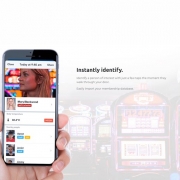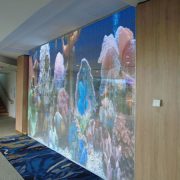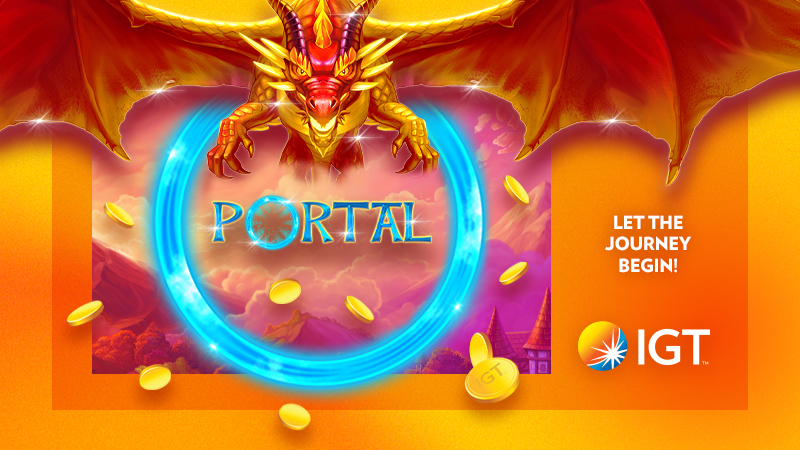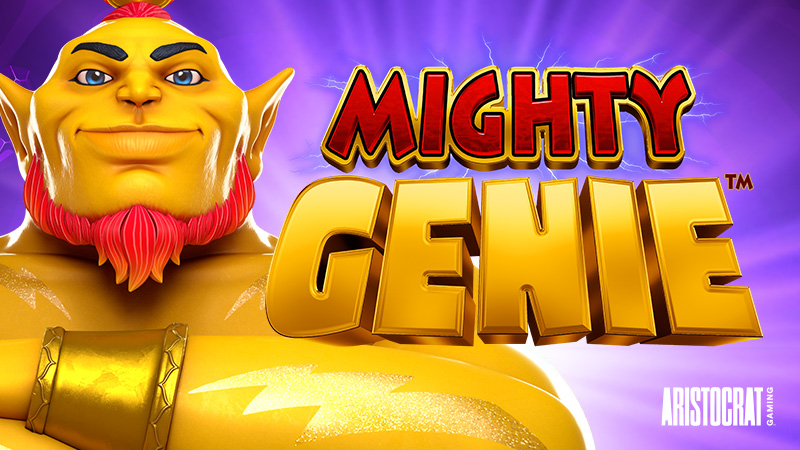MGM RESORTS CEO: 5 STRATEGIC INITIATIVES THAT TRANSFORMED MY COMPANY
As part of Wharton* Leadership Lectures series, Chairman and CEO Jim Murren revealed his keys to reinventing an entertainment giant.
The following is an edited extract of Murren’s presentation, “Transforming a Business and Building Communities.”
‘MGM Resorts is ten years into a sweeping strategic and cultural transformation, essentially building a new company on an entirely new trajectory. In this short period, we turned a casino-driven, Las Vegas-anchored operation into a global entertainment brand offering the world’s most exciting and diverse portfolio of guest experiences.
This transformation was not inevitable. We had no model to follow. No company with roots in gaming had ever attempted it. And it didn’t happen by accident. Instead, it was the result of a conscious strategy—specifically five strategic initiatives that made MGM a new company and revolutionised the way we do business.
Initiative One: Forging a single, unified company
MGM Resorts resulted from the merger of MGM Grand and Mirage Resorts. After the merger, the two organisations continued to operate separately, with two COOs and two separate cultures. Multiple properties competed against each other. There was no unified strategy for growth—and no way to implement one even if it existed. The company also shared some shortcomings of the traditional gaming industry, which lagged in business strategy, technology, and diversity.
When I became President and COO in 2007, I believed it was imperative to create a new MGM—a unified company with a unified strategy for growth, sophisticated business capabilities and a defining culture.
Then the global financial crisis hit. We reacted quickly, responding with Project Evolve, which introduced a new cost discipline and ultimately saved us from bankruptcy. Surviving the crisis involved painful decisions, but it laid the foundation for unifying our company.
To build on this foundation, we assembled a team of mission-driven leaders who shared a vision for MGM. We parted ways with some good people who weren’t aligned with our new direction; a difficult, but critical step many companies hesitate to take. Our core team built a strategic framework for how properties could work together, centralising business functions—from finance to HR to pricing—which had operated separately at each property.
We also developed a cohesive MGM culture, placing a new emphasis on professionalism, diversity, and fairness, disrupting the industry’s “old boy’s network.” And we made a commitment to our people, ensuring they could build exciting careers at MGM by creating robust mentoring programs and leadership development paths—something unheard of among our competitors.
Initiative Two: Embedding a drive for continuous improvement and profit growth
With this architecture in place, we began unifying MGM Resorts. Yet, our properties weren’t meeting expectations or generating the same revenue as before the crisis.
So we executed another strategic pivot. We re-evaluated every aspect of our business, including $4.5 to $5 billion in operating expenses. We examined how we staffed, used technology, and managed vendor relationships. And we spoke with Fortune 100 executives and our largest investors to find fresh ideas.
The result was the Profit Growth Plan—a $400 million continuous improvement project to leverage our “one company, one culture” vision. Employees now evaluate how their decisions impact the entire company, not just one property or department.
We also started competing for world-class talent. We enhanced compensation packages to match Wall Street and Silicon Valley. We built relationships with top business schools, and we promoted our CSR leadership to resonate with the coming generation of business leaders.
As a result, our talent pool now includes alums from Google, Bain, JP Morgan, and other top companies. Many of these leaders work in our project management office—MGM’s version of Lockheed Martin’s famed Skunk Works—where they challenge existing practices, pursue innovative ideas, and test out better solutions. After this experience, they are coached to manage a property, department or function, allowing them to apply what they’ve learned across the company.
The results speak for themselves. MGM Resorts has achieved six consecutive quarters of double-digit earnings growth at our domestic resorts. Since 2014, margins have improved from 24 percent to 30 percent. And we’ve reduced our net leverage ratio to 4.4 times EBITDA from nearly double that, while funding over $2 billion in development projects.
Initiative Three: Turning a set of gaming assets into a powerful entertainment brand
While we re-shaped MGM internally, we also transformed ourselves externally. Instead of focusing on casino-centric assets and gaming revenues, we turned our resorts into showcases of entertainment choices, inviting public spaces, and sophisticated architecture. We first tested this approach at CityCenter—a pioneering Las Vegas development—and then applied it across the nation and globe.
Our resorts now offer unrivalled entertainment experiences, including five-star hotels, state-of-the-art conference centres, mind-blowing live performances, and cuisine from renowned chefs. Customers are responding; our new MGM National Harbor outside Washington, D.C. attracts over 20,000 daily visitors.
We are extending this entertainment brand internationally. Our Macau footprint will double this year, and we hope to open the first gaming resort in Japan. In Dubai, we’re partnering with the royal family on the city’s largest beachfront development, which will leverage our brand and management expertise in a property with zero gaming.
Initiative Four: Revolutionising our industry by making social responsibility a business imperative
Diversity, community building and sustainability are central to MGM’s business strategy, not mere buzzwords. They make MGM a better place to work and a more welcoming place to visit, driving our company’s success.
This commitment has established MGM as a pillar in the communities we touch, especially during difficult times. When Hurricane Katrina hit, MGM Resorts led the disaster relief and redevelopment work in Mississippi. Following the BP oil spill, our property served as the headquarters of environmental cleanup efforts. After the Great Recession, MGM-generated tax revenues and jobs spurred the revival of Detroit and Las Vegas.
Our mission is not just to provide a short-term bump to a local economy, but to be a long-term partner in stimulating growth, opportunity and development.
Consider our impact at MGM National Harbor on the banks of the Potomac, just outside of Washington D.C. Local residents fill 4,000 permanent jobs across 100 job classifications—including finance, administration, hotel operations. More than 94 local businesses earned $236 million readying the resort for opening day. During construction, we also signed contracts worth $295 million with over 160 minority-owned businesses.
Initiative Five: Positioning MGM Resorts at the cutting-edge of business
I believe our success validates the strategy launched in 2007. But our goal is to establish MGM as a leader not just in our industry, but in the entire business world.
To do so, we’re developing capabilities that rival the best of any industry. Our database is on par with any major bank, and MGM recruits from Amazon and eBay are turning this data into advanced analytics and marketing capabilities. We’ve completed financial deals virtually unprecedented in the private sector, soaring into the billions of dollars.
We’ve also created an innovative business structure to leverage these capabilities and aggressively seize growth opportunities. MGM Resorts has a controlling interest in MGM Growth Properties—a triple-net REIT. It has only one natural competitor and a unique portfolio, enabling it to fund accretive transactions to rapidly grow its asset base and dividends. MGM Resorts also controls MGM China, which puts our brand and management expertise to work in the world’s largest gaming market.
This structure gives us the flexibility and financial power to build on what we’ve accomplished since 2007. We’ve pushed ourselves to become a business pioneer and a destination for top talent, while setting new standards for corporate social responsibility. Our shared culture and values unite us internally, while our global entertainment brand aligns us externally.
I’m proud of our progress, but we’re not finished yet. Together with our more than 70,000 employees, we’re constantly creating the next phase of MGM Resorts’ transformation.’
*The Wharton School of the University of Pennsylvania is the business school of the University of Pennsylvania, a private Ivy League university located in Philadelphia, Pennsylvania.












